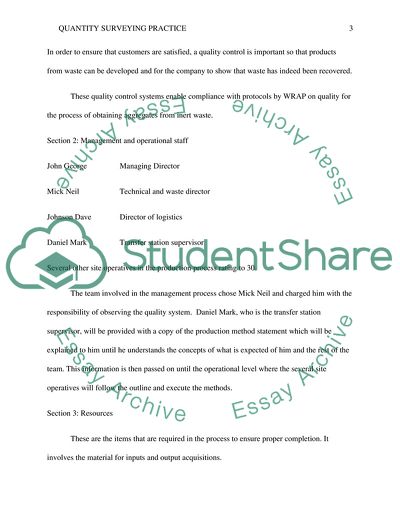Cite this document
(Quantity Surveying Practice Assignment Example | Topics and Well Written Essays - 2500 words - 2, n.d.)
Quantity Surveying Practice Assignment Example | Topics and Well Written Essays - 2500 words - 2. https://studentshare.org/engineering-and-construction/1819362-quantity-surveying-practice-civils
Quantity Surveying Practice Assignment Example | Topics and Well Written Essays - 2500 words - 2. https://studentshare.org/engineering-and-construction/1819362-quantity-surveying-practice-civils
(Quantity Surveying Practice Assignment Example | Topics and Well Written Essays - 2500 Words - 2)
Quantity Surveying Practice Assignment Example | Topics and Well Written Essays - 2500 Words - 2. https://studentshare.org/engineering-and-construction/1819362-quantity-surveying-practice-civils.
Quantity Surveying Practice Assignment Example | Topics and Well Written Essays - 2500 Words - 2. https://studentshare.org/engineering-and-construction/1819362-quantity-surveying-practice-civils.
“Quantity Surveying Practice Assignment Example | Topics and Well Written Essays - 2500 Words - 2”. https://studentshare.org/engineering-and-construction/1819362-quantity-surveying-practice-civils.


